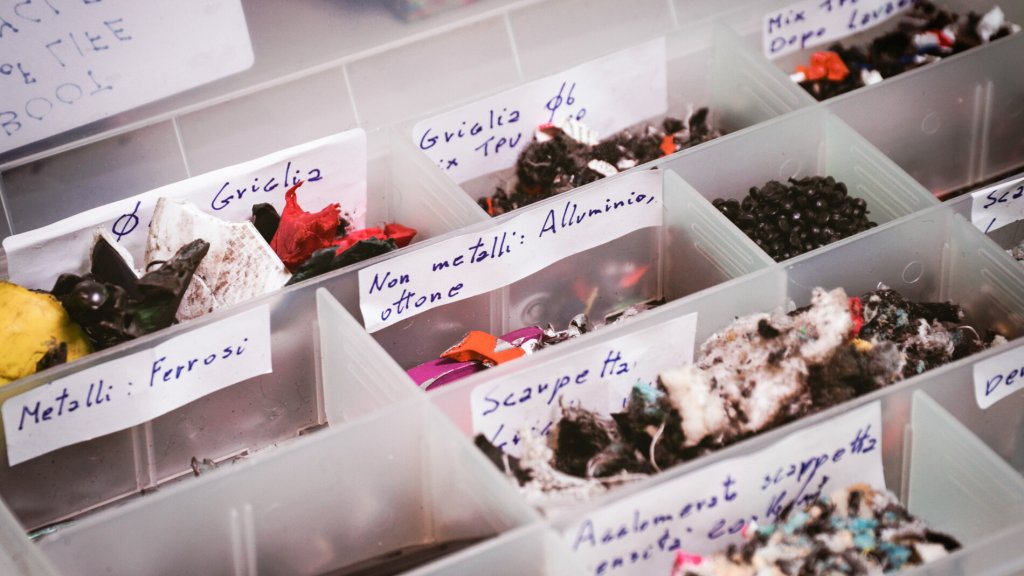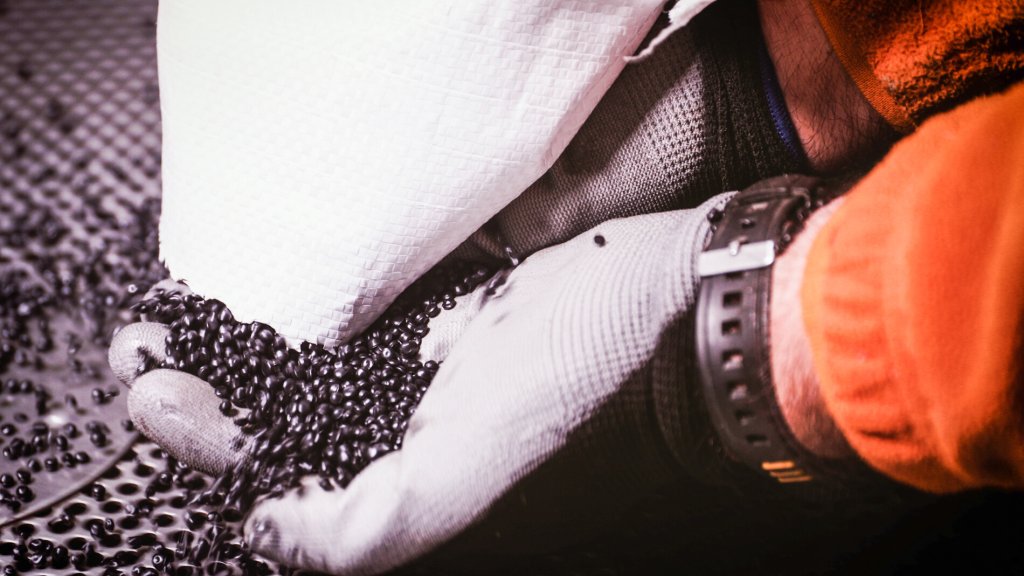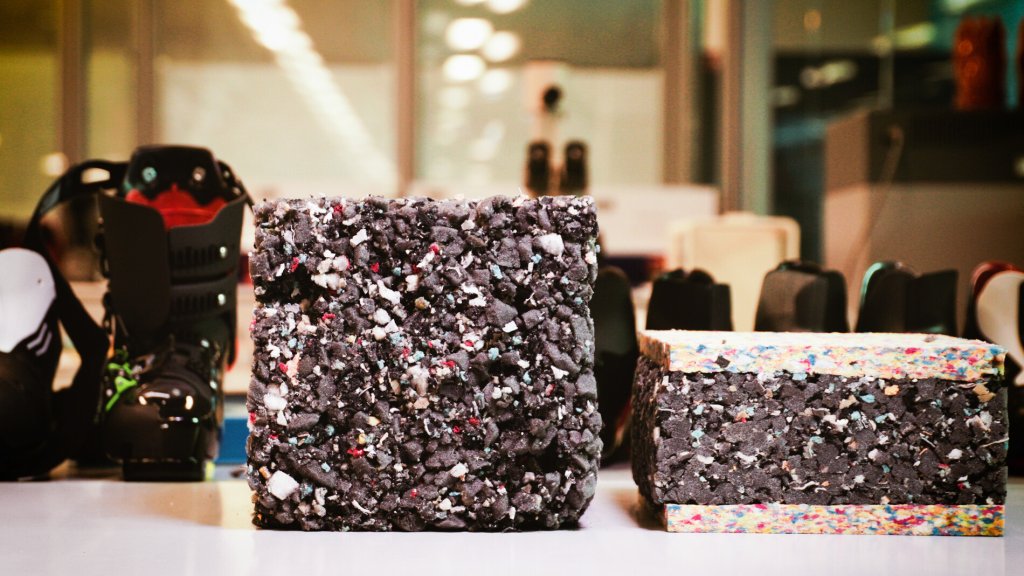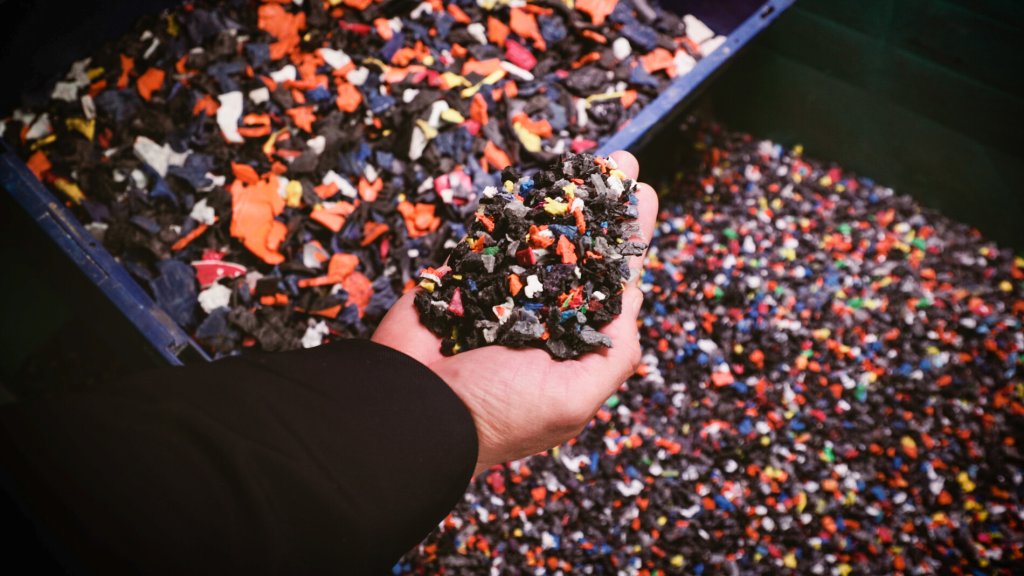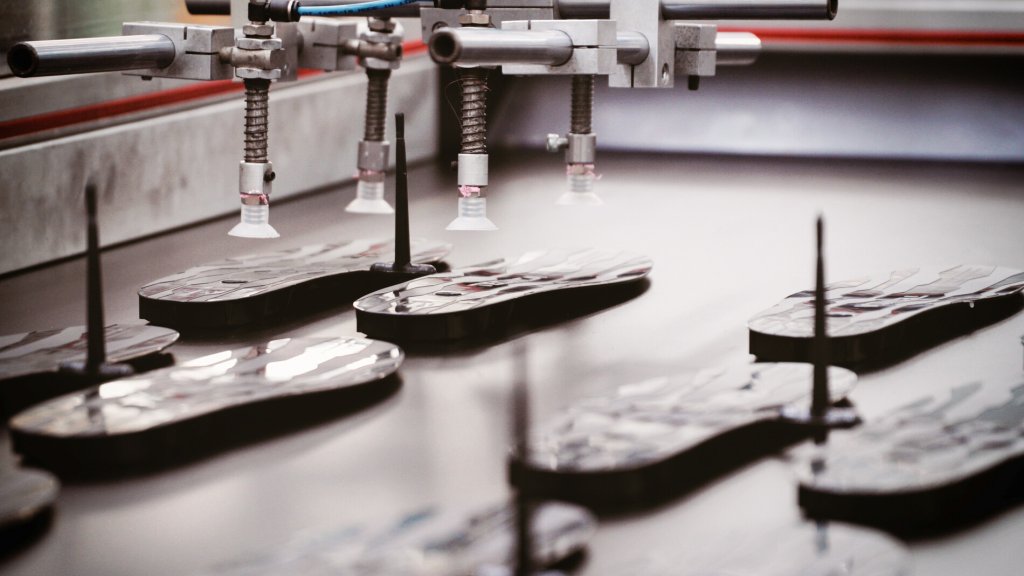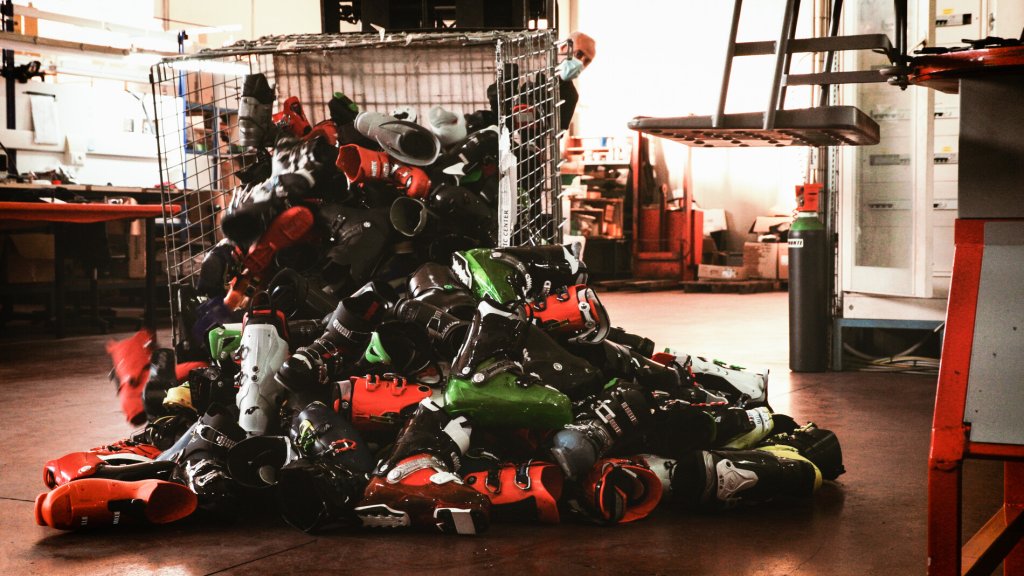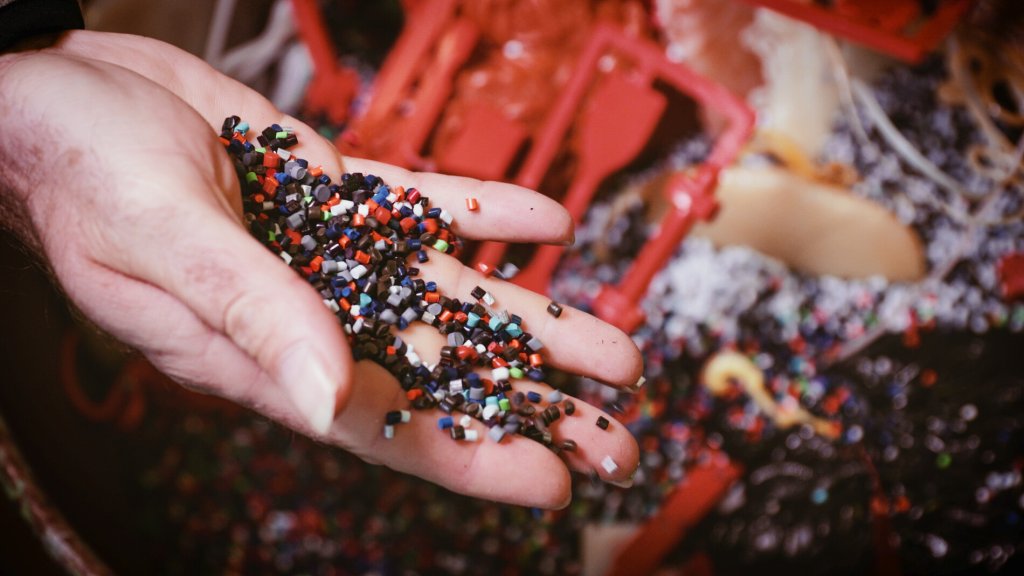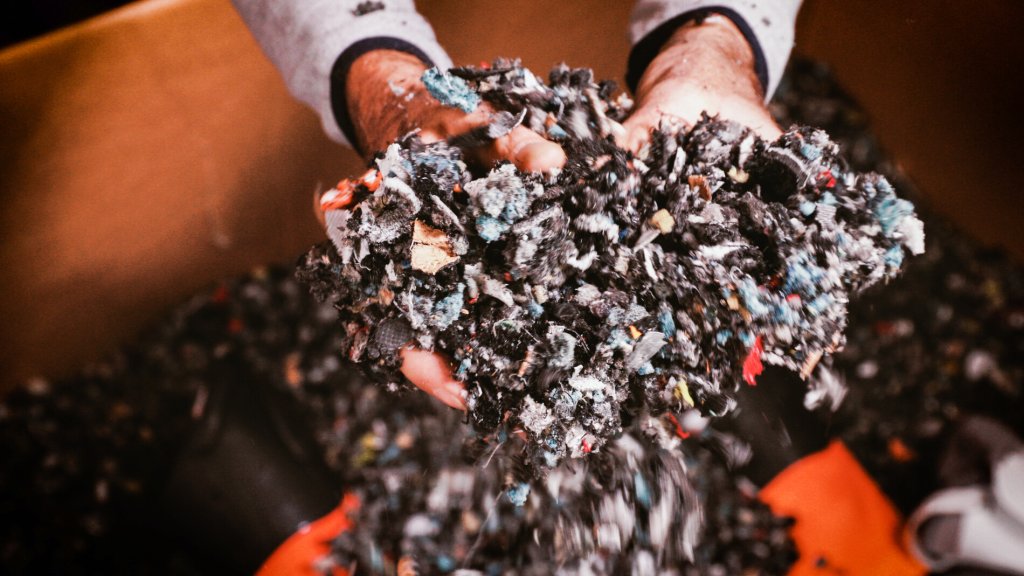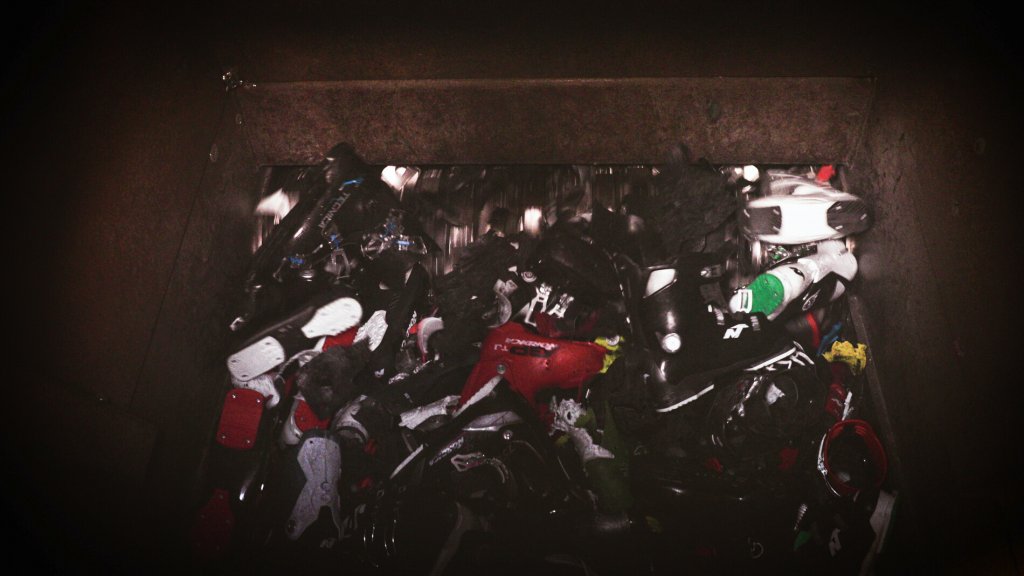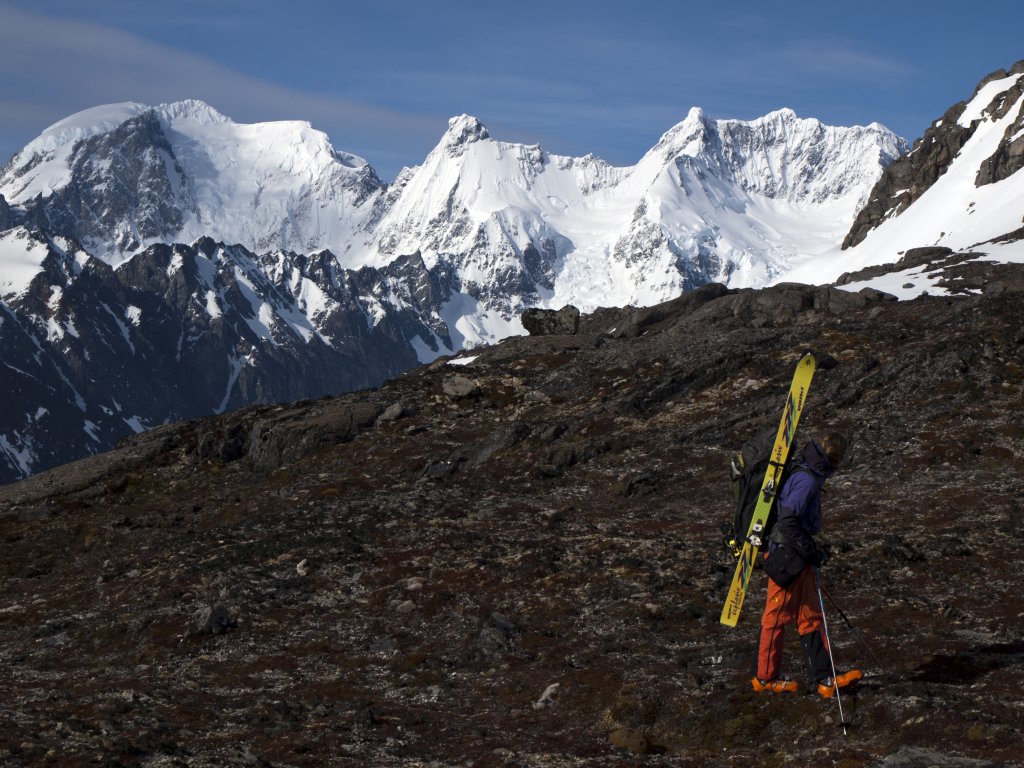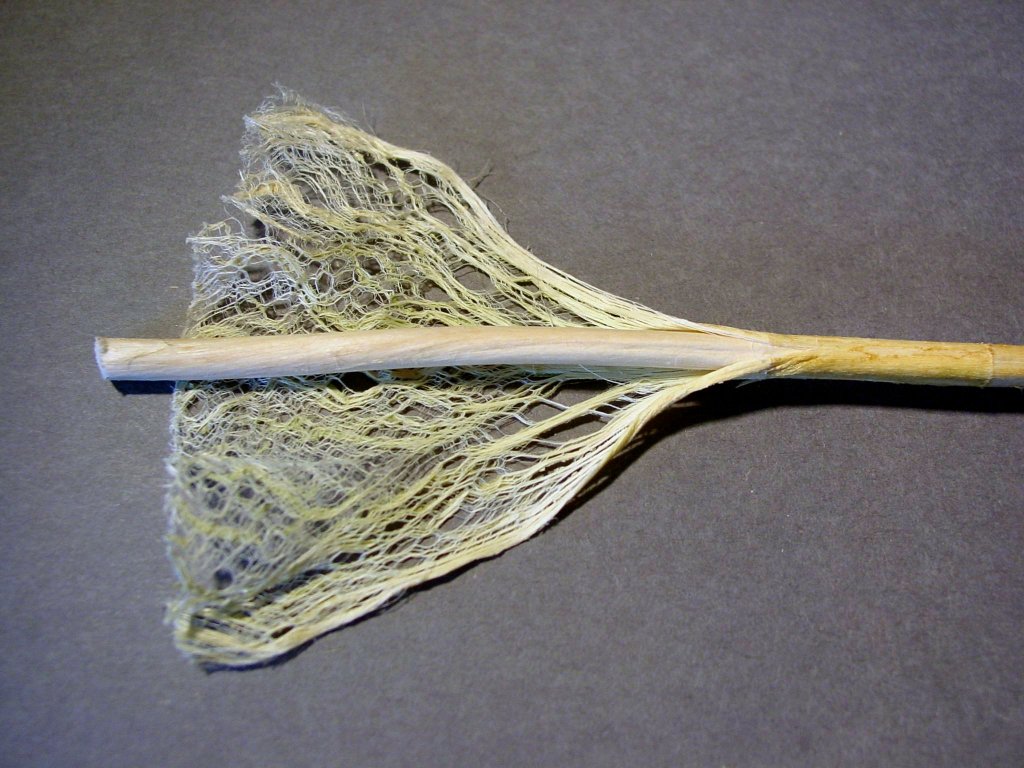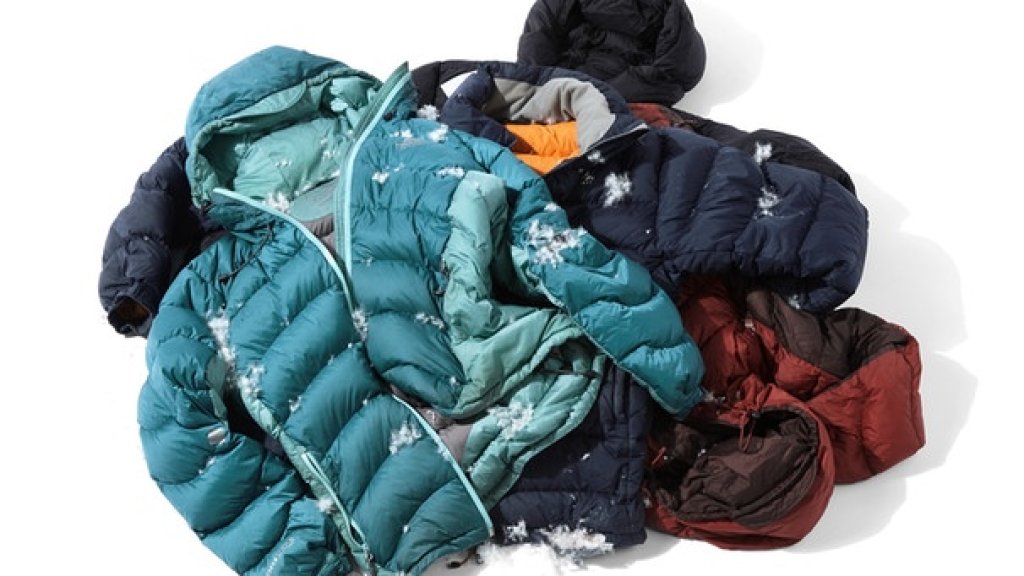Reduce. Reuse. Recycle. The circle consisting of the three green arrows. Recycled polyester. Recycled wool. Recycled fishing nets. Recycling is a trend. No question about it. It's not only trendy to recycle PET bottles and put cans in the deposit machine, it's also trendy to buy new clothing or equipment made from recycled materials. It is also clear that this is not the last word in wisdom and will not solve our planet's waste problem. That's why PowderGuide.com author Lorenzo wrote an article about the next big thing, the circular economy and what it has to do with winter sports last season.
So now another article about recycling, even though we already know that's not enough? That we won't get anywhere this way? Yes and no. Because I don't want to tell you again today why recycling can end in downcycling. Today will be more practical. At the beginning of the year, I want to introduce you to manufacturers who have dedicated themselves to the topic of recycling and the circular economy with initiatives and collections.
New collection from waste materials
The most widespread form of recycling in the outdoor industry is probably the upcycling of waste materials. This is because waste materials are one of the biggest problems in the textile industry. In Germany alone, around 392,000 tons of clothing end up in the bin every year and less than one percent of textiles are turned into new clothing, according to estimates by the UN Fashion Alliance. In the clothing sector, Ortovox presented the Protact collection this summer, a collection made entirely from residual materials. This series is named after the company's own sustainability strategy and comprises 22 styles, which are sold in limited quantities by selected retailers. Although Ortovox tries to avoid production leftovers right from the start, manufacturers can never completely avoid such leftovers: "We have to order textile quantities at a very early stage in the collection planning process, which then sometimes deviate from the final sales calculation," explains Katrin Bauer, Head of CSR.
Maloja has also pursued a similar concept with The Leftover Puzzle Collection, puzzling together a collection from leftover fabrics from previous Maloja collections - and creating completely new designs from them, which are sold by selected Maloja retailers.
But it's not just clothing manufacturers who are tailoring new styles from leftover fabrics; backpack and bag manufacturers are also using old fabrics for new products. Several years ago, Deuter started using leftover fabrics to reinforce its own products or to make giveaways. At some point, however, this was no longer enough for the Deuter product managers and the idea for the Infinit series was born. A small collection of individual, unique items. Deuter has processed 26,200 yards (that's just under 24,000 meters) of leftover fabric for this purpose. That's about five soccer pitches of fabric that would otherwise have to be disposed of. The company donates ten percent of the collection's sales to 1% for the planet.
